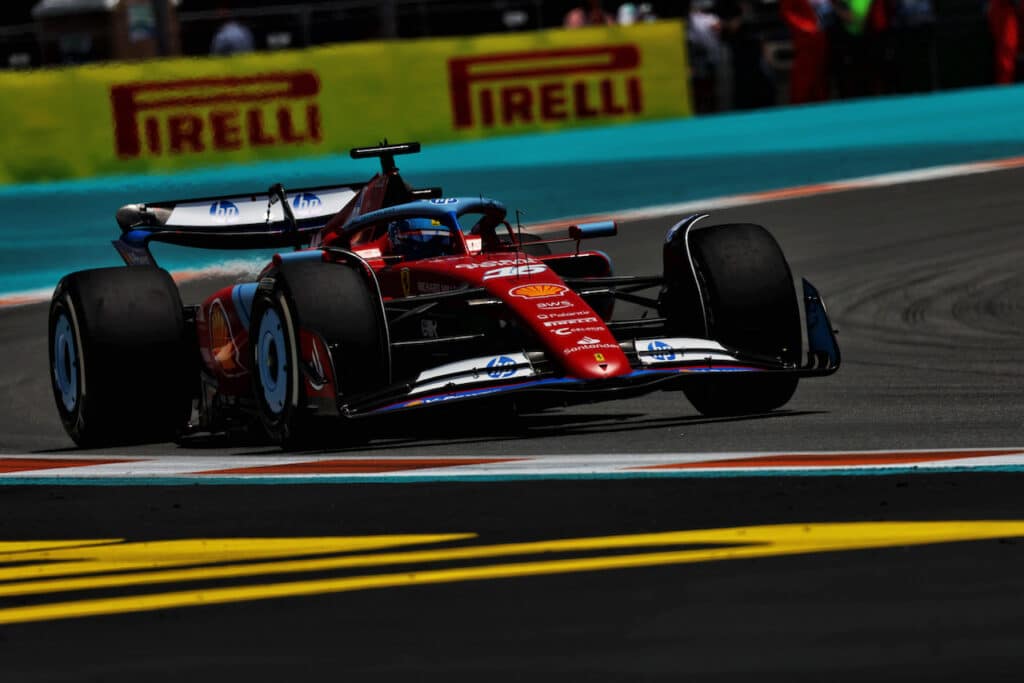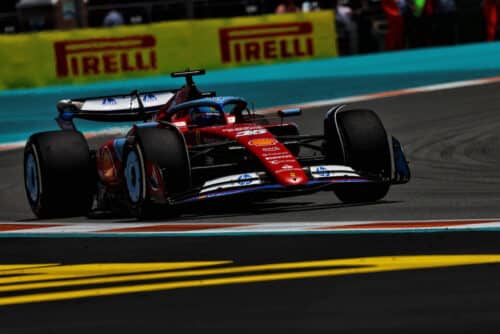F1 Russian Grand Prix | Sochi important test bench for Brembo brakes
Medium demanding circuit for the braking system
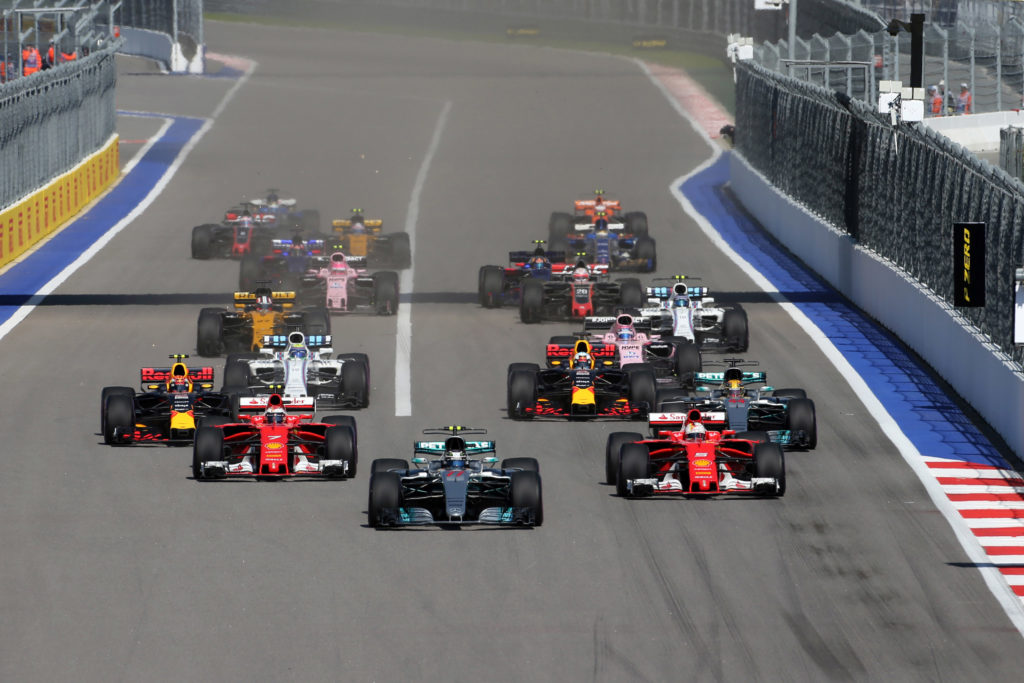
From 28 to 30 September the Sochi Autodrom hosts the 16th round of the 2018 Formula 1 World Championship. In 2010 the contract to host the Russian GP in Sochi was signed and 4 years later the circuit was completed. Built inside the Olympic Park used for the 2014 Winter Olympic Games, it stands out for its turn 3 which, at 650 metres, is the longest in the entire World Championship.
Designed by architect Hermann Tilke, the track is one of the longest in the World Championship (5.848 metres) and runs for 1,7 km on roads usually open to traffic. For this reason, the performance of the single-seaters increases as the sessions go by, as the asphalt becomes more rubbery. The increase in mechanical grip will be more accentuated than last year thanks to the move of the GP from the end of April to the end of September. According to Brembo technicians, who classified the 21 tracks of the World Championship, the Sochi Autodrom falls into the category of the most demanding circuits for the brakes.
The engagement of the brakes during the GP
The time spent braking each lap is almost 15 seconds, equal to 16 percent of the overall duration of the race, a value in line with most other races. The average maximum decelerations per lap are particularly high (4,6 g), which depend on the presence of 10 braking sections, all with decelerations of at least 4 g.
Energy dissipated during braking: 191 kWh, equivalent to the daily consumption of 10 inhabitants of Russia.
From the start to the checkered flag, each driver uses the brakes at least 530 times, exerting a total load on the pedal of 75 and a half tons. In other words, each pilot exerts a load of over 8 quintals per minute.
The most demanding braking
Of the 10 braking sections at the Sochi Autodrom, 5 are classified as demanding on the brakes and the other 5 are of medium difficulty.
For all 10 braking applications the load on the pedal is never less than 130 kg.
The most demanding braking section is the one at turn 2: the single-seaters arrive at 314 km/h and brake for 1,76 seconds to enter the corner at around 137 km/h. They succeed in just 108 meters, that is, less than one-third two-thirds of the length of the K-139 Belgorod submarine.
The effort required of the pilots is notable: 151 kg of load on the pedal and 4,9 g of deceleration, a value usually experienced by Russian astronauts during their return to Earth.
Turns 4 and 5 are also almost as hard for the Brembo brakes, characterized by decelerations of 4,8 g and 4,9 g respectively. In both cases the single-seaters generate a maximum braking power of more than 1.870 kW when braking.
if you want to always be updated on our news
Follow us here
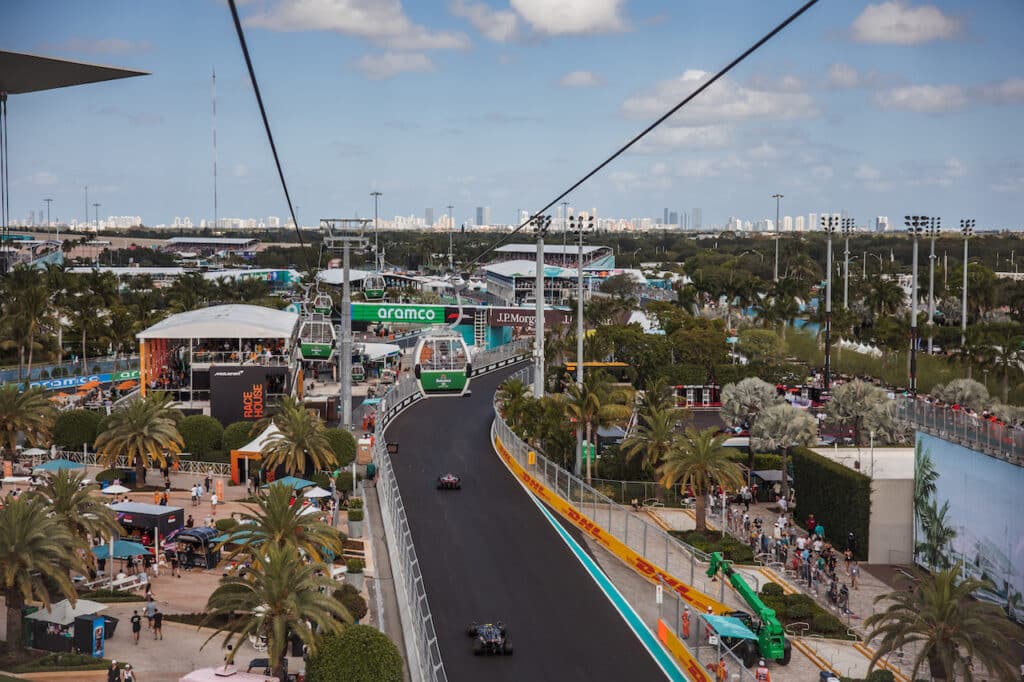
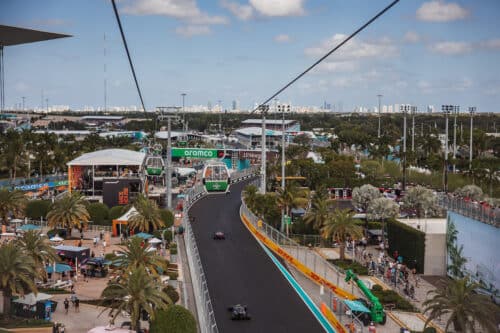

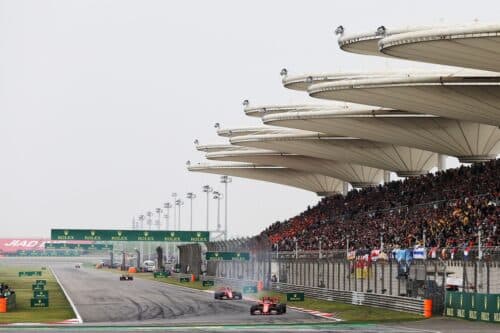


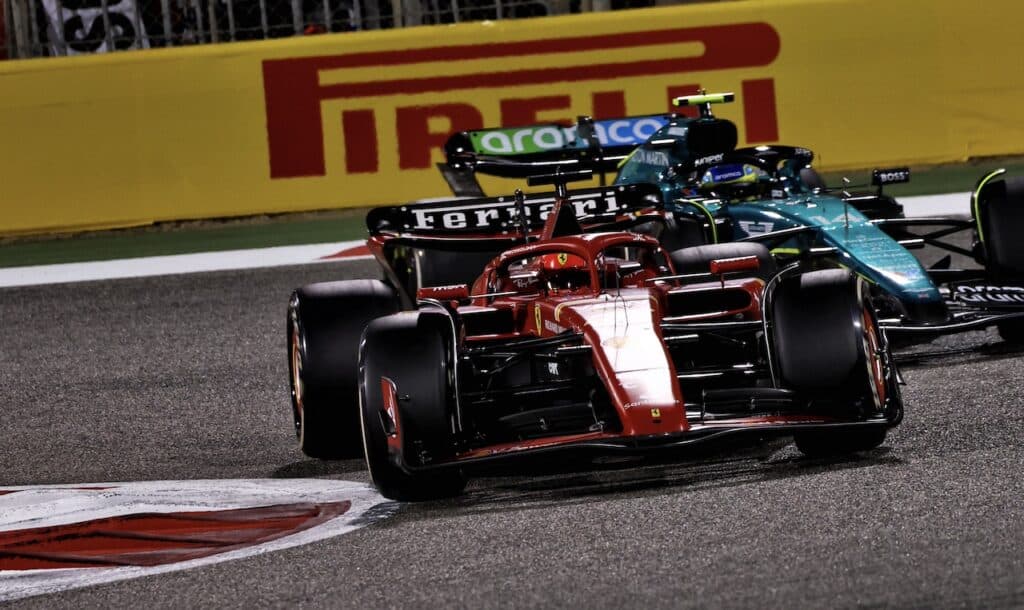
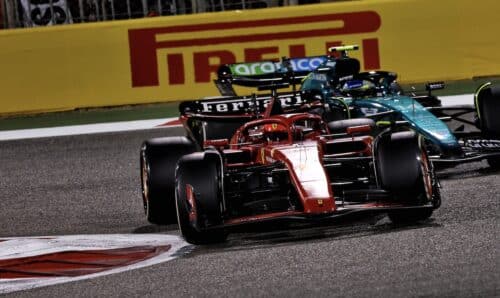
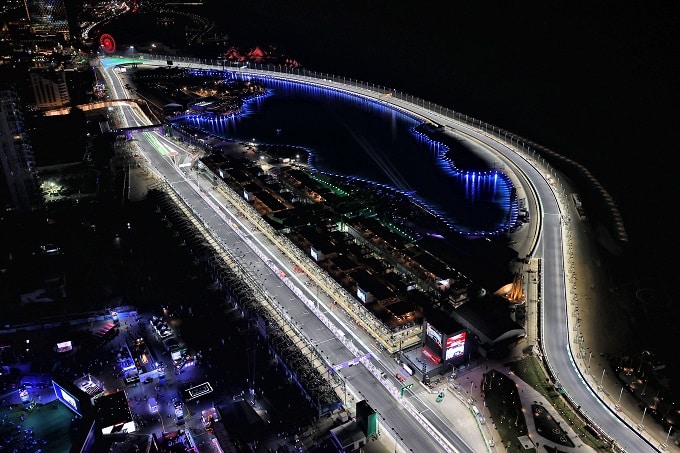
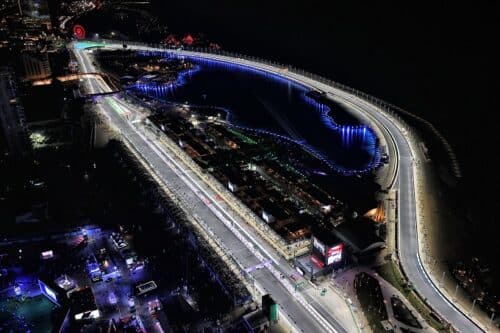

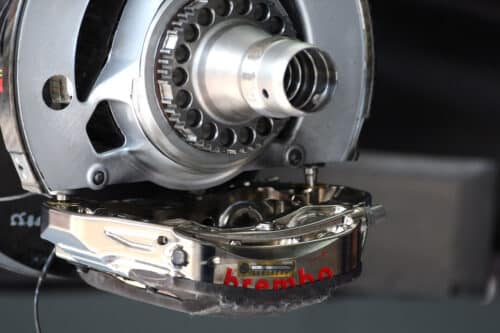
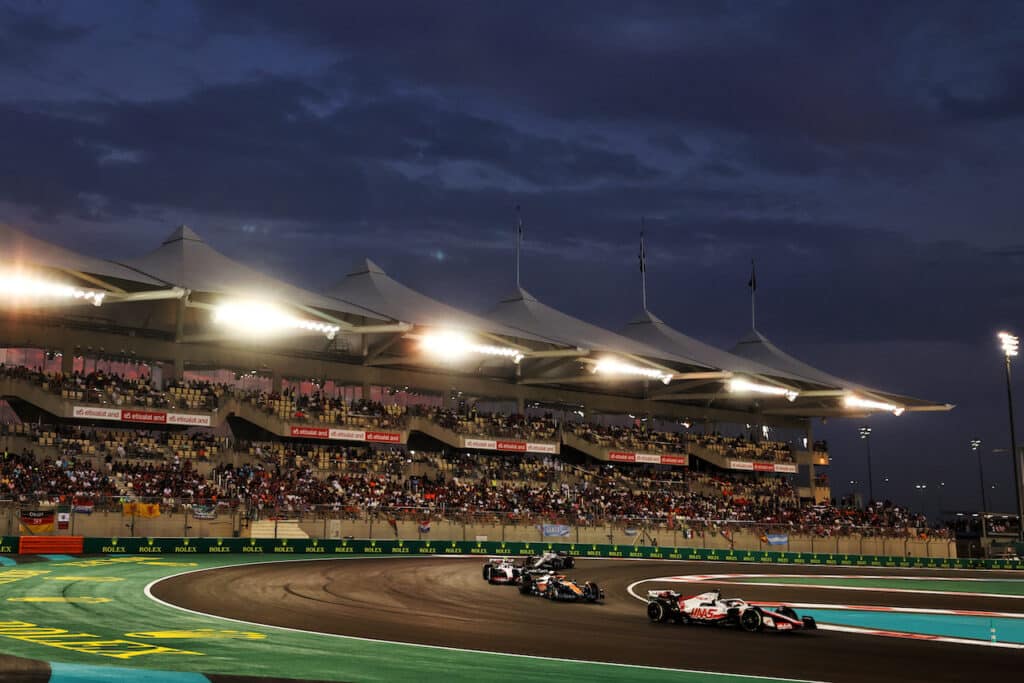
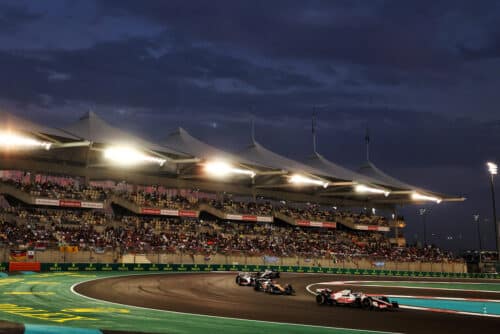
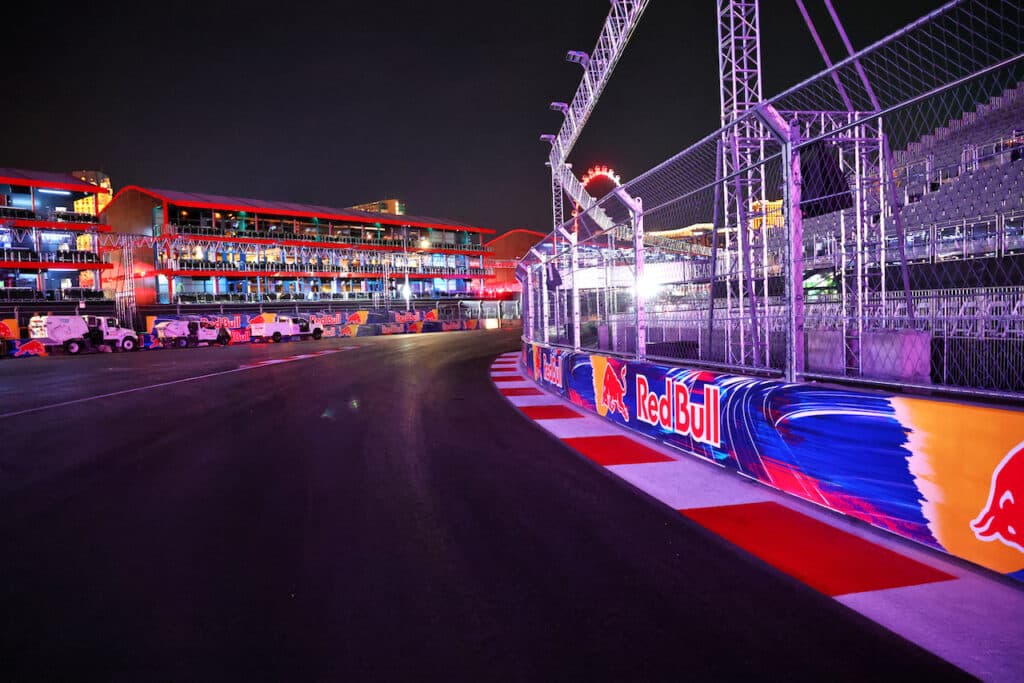

![LIVE F1 | GP Miami 2024: Live Qualifying [LIVE TIMING AND COMMENTARY]](https://f1grandprix.motorionline.com/wp-content/uploads/2024/05/live-qualifiche-gp-miami-2024-1024x682.jpg)
![LIVE F1 | GP Miami 2024: Live Qualifying [LIVE TIMING AND COMMENTARY]](https://f1grandprix.motorionline.com/wp-content/uploads/2024/05/live-qualifiche-gp-miami-2024-500x333.jpg)
![Formula 1 | McLaren in Miami with an MCL38 2.0: the analysis of the new technical solutions [VIDEO]](https://f1grandprix.motorionline.com/wp-content/uploads/2024/05/f1-mclaren-mcl38-gp-miami-1024x561.jpg)
![Formula 1 | McLaren in Miami with an MCL38 2.0: the analysis of the new technical solutions [VIDEO]](https://f1grandprix.motorionline.com/wp-content/uploads/2024/05/f1-mclaren-mcl38-gp-miami-500x274.jpg)
